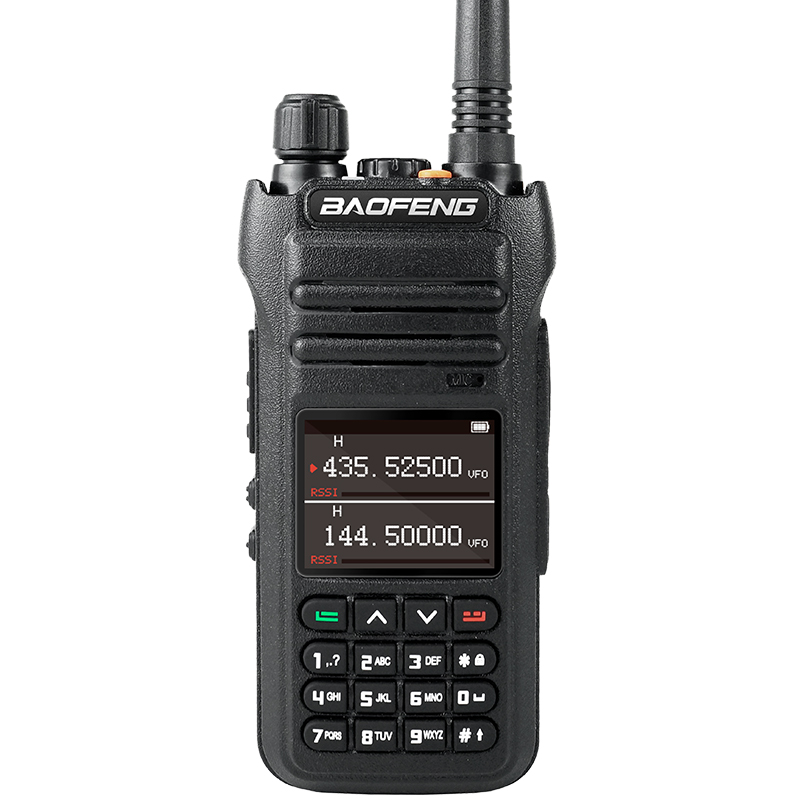DSRR (Digital Short Range Radio)
DSRR was developed by ETSI in 1993, with the number DS DS/I-ETS 300168. DSRR is a low-power radio station suitable for land mobile communication services, using digital transmission technology and automatic multi-channel sharing technology to provide short range wireless voice and data communication services. DSRR has poor industry recognition—— Wireless intercom system
P25
P25 is the abbreviation for Project25, developed and implemented in collaboration with the American Association of Public Safety Communications Officials (APCO), the National Telecommunications Management Association (NASTD), and the Federal Government Users and Telecommunications Industry Association (TIA), which is a recognized organization for radio workers to follow. It was also proposed to make ITU one of the global open digital communications.
The main participants in the formulation include Motorola, M/A-COM and other companies. Currently, the main manufacturers of P25 products include Motorola, EFJohnson, Harris, EADS and other companies. The product is targeted at high-end industry users such as the military, public safety, transportation, and emergency communication. The United States has even designated the 700MHz frequency band as a public safety frequency band for P25 products.
P25 is mainly used in the American market (more in the US market), and has a small distribution in the Middle East, Asia Pacific, Russia, and other regions.
The evolution of P25 is divided into two stages. The first stage is P25 Phase I, which uses FDMA technology, C4FM (4FSK) modulation, channel bandwidth of 12.5kHz, data transmission rate of 9.6kbps, and digital analog compatibility; The second stage is P25 Phase II, which uses TDMA dual slot technology, QPSK modulation, equivalent channel bandwidth of 6.25 kHz, speech encoding using IMBE4.4kbps, data uplink rate of 9.6kbps, and downlink rate of 12kbps
The technological advantages of P25 are obvious, mainly manifested in good compatibility and a wide range of suppliers. P25 is open and allows products from various competing manufacturers to be compatible with each other; Good backward compatibility and portability, the P25 digital walkie talkie in the first stage can be backward compatible with analog walkie talkies.
By choosing P25 compatible device products, users can ensure that their investment can also be directly used in the future; Voice and data encryption, P25 includes requirements for the encryption capability of digital communication (voice and data); Improving spectral efficiency, P25 improves spectral efficiency by reducing bandwidth, and P25 can divide a 12.5kHz system into 6.25kHz
P25 adopts a large area system design, with a large single station coverage range and a small number of base stations in the network construction system, making it suitable for users with wide coverage areas and complex scheduling functions.
The upgrade of P25 to P34 adopts OFDM access, QPSK/QAM16/64 modulation, and IMBE voice encoding—— Motorola Wireless Intercom System.
